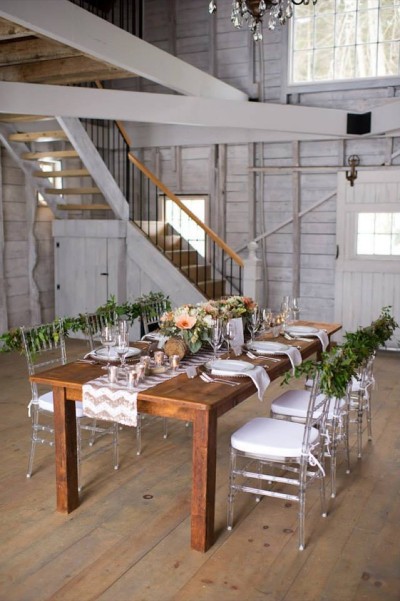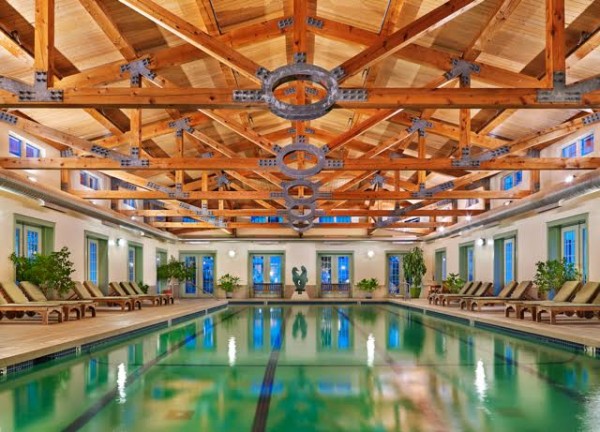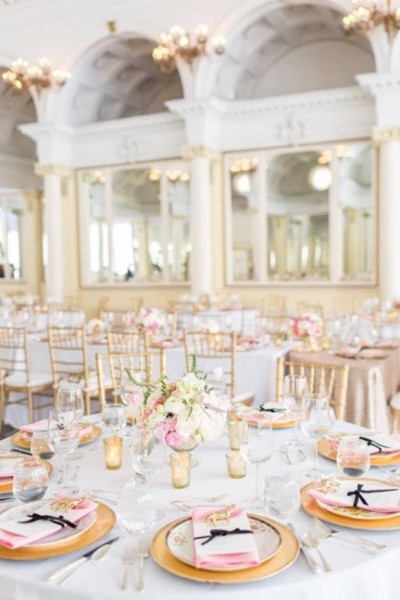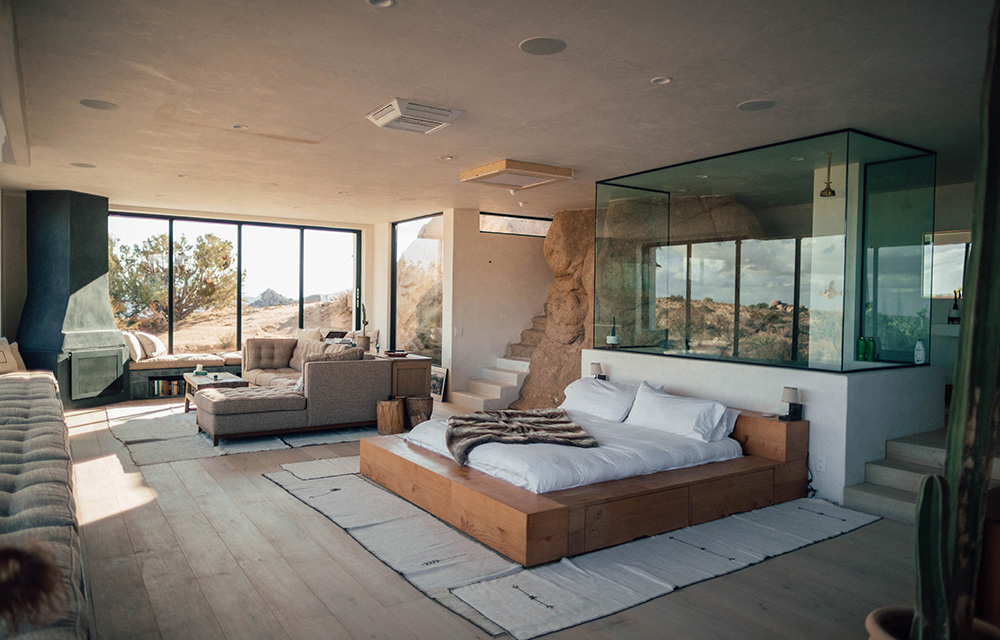If you want to give customers an inside look at the events that define your wedding and event businesses or how your services work in those spaces, you have to learn how to photograph interior spaces expertly. This guide from Hawthorn ensures you (or the photographers you hire) can capture your venue and event spaces effectively every time.
Architectural Lines

Photo Credit: © Ann Kathrinkoch
Have your photographer line up their shots straight-on with the room’s natural angles, per Hawthorn Creative Photo Editor Kristin Burgess, as dramatic or skewed angles can make a photo seem busy and detract from the people and objects in the room you want to highlight.
Staging

You know the space and what you want to shine so stylize the room before the shoot by removing any unsightly cables, stacks of papers, and wilted flowers and replacing them with objects that add splashes of color, depth, and a sense of what your business is about. If you need help seeing them, use your hands as a viewfinder and give the room a quick scan for anything that doesn’t look good enough to photograph.
Natural Light

Photo Credit: © Beaux Arts Photographie
Artificial light diminishes the quality of a photograph, creating unnatural shadows and adding a yellow tinge to shots you probably do not want in your interior spaces. Pro tip: Shoot on cloudy days for more even lighting throughout your space, and watch where light is landing before you take your shots.
Wide Angle

You’ll want a handful of tight shots on objects of interest, but in general, you’ll want to shoot (or ask your photographer to shoot) with a 16mm to 24mm lens to capture a complete space and showcase the entire room.
Height

Photo Credit: © Rodeo & Co. Photography
It’s counterintuitive, but shooting from full standing height can make furniture and objects low to the ground seem distorted, as though you are looking down on them. Many pro photographers shoot at “light switch height” to make the image feel more intimate.


